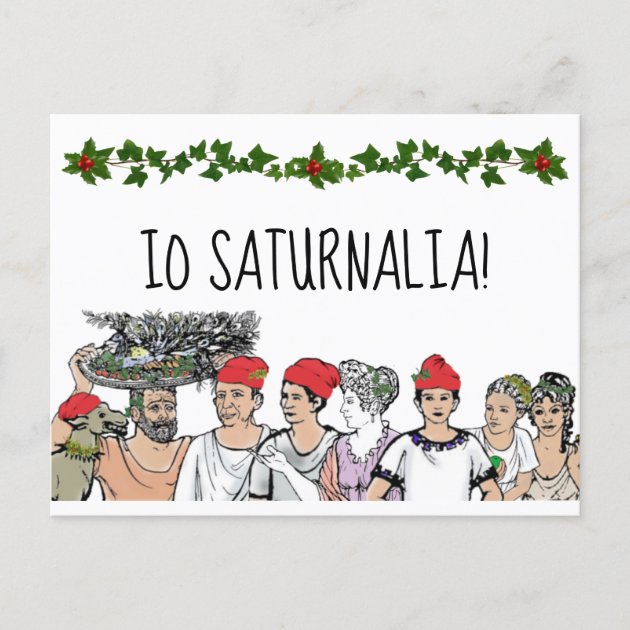

The maenads were a form of ‘bodyguard’ corps of the deity, and in mythology (and scandalous Roman reports) were sometimes portrayed as a maddened and frenzied bloodthirsty girl-mob who would rend and devour the flesh of men and animals.

Women (sometimes men) dressed as maenads or nymphs to complete the thiasos or retinue of the arriving god and took part in equally disinhibited behaviour and special ceremonies of their own. The ithyphallic satyrs, sometimes darkened their faces with wine lees and engaging in ribald and ecstatic celebratory behaviour in honour of the god and the image of the phallus, which they wore a representation of apparently in the form of a codpiece with a leather erect penis attached to. The act of the epiphanic procession had distinct sexual overtones. The Dionysian ceremonial phallus and the ‘Phallophorai’ enters the polis. The god’s entourage at the Dionysia consisted of the male-gendered satyrs and the female maenads, although there was apparently a good deal of cross-dressing among the performers in some festivities. These accompanied the image of the god, which in its most rustic and ancient form was represented by a giant phallic pole of pine (a ‘xoanon’ image), coloured red and decorated, which was carried on a cart or on the shoulders of the phallophoroi. This made a ceremonial entry to the village or polis preceded by satyrs and maenads wearing animal skins (fawn and leopard, for example) wielding the thyrsus wand, and carrying cult objects such as jugs of wine, pithoi and krater vessels, plates of figs and a sacrificial goat. It is believed that this festivity was the origin of the theatrical tradition for which Greece became so famous. Class distinctions were – to a degree – temporarily suspended and opportunities for public satire were made conducive by the wearing of masks and costumes by participants in the celebrations. The Dionysia – like the Saturnalia – was a time when classes came together in order to celebrate their shared origins in the natural world.


This brings us to an interesting confluence of deities: Poseidon (whose month it is), Saturn (Kronos, whose Roman name is based upon the Greek word for phallus: sâthe, as in satyr) and Dionysus. The ‘Rural Dionysia’ seems to have had many parallels with the Roman festival of Saturnalia which coincided with the roughly the same period, and which in the Christian era evolved into the ‘twelve days of Christmas’, culminating in the Feast of Epiphany – itself a festival almost certainly based upon the Dionysia, whose climax was the epiphany of the God Dionysus among the people. None the less, it was otherwise effectively the same festival, its date transposed to enjoy better weather. The so-called ‘greater’ Dionysia festival, the Anthesteria, was a secondary development of the Greek city polities such as Athens and occurred a month or so later at the end of winter when the weather was finer. As befits its metropolitan status, it was a grander version of the rustic winter festival involving great public events, theatre, music and competitions as well as private celebrations of the Dionysian ‘mysteries’. The ancient Attic Greek festival known latterly as the ‘rural’ or ‘lesser’ Dionysia was celebrated – like Saturnalia and Christmas – just after the winter solstice in the second half of the Greek month of Poseidoneiawhich spanned December and January.


 0 kommentar(er)
0 kommentar(er)
